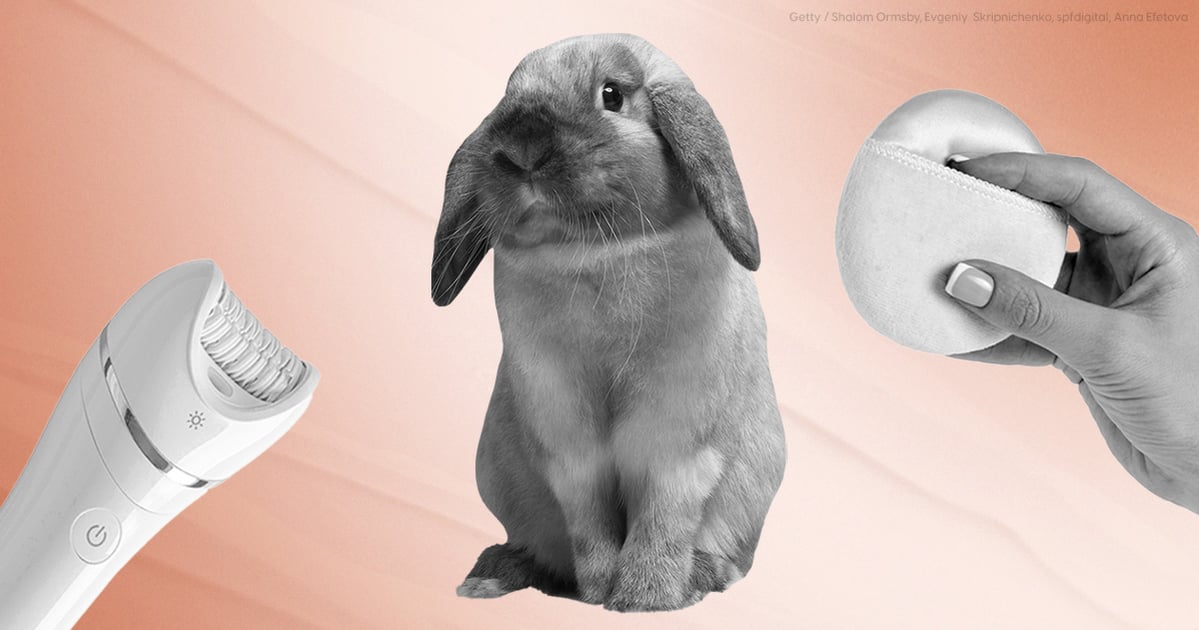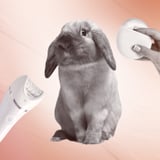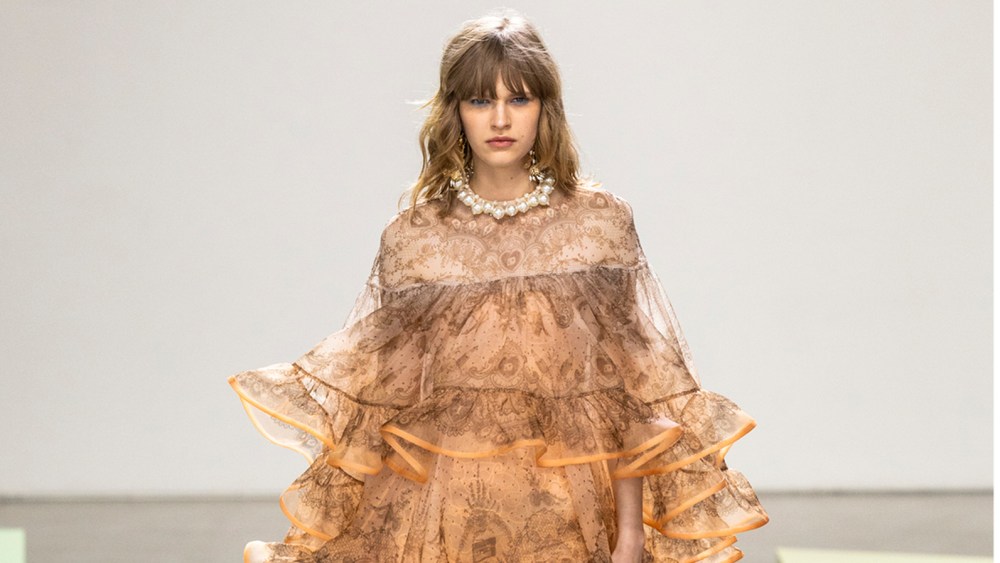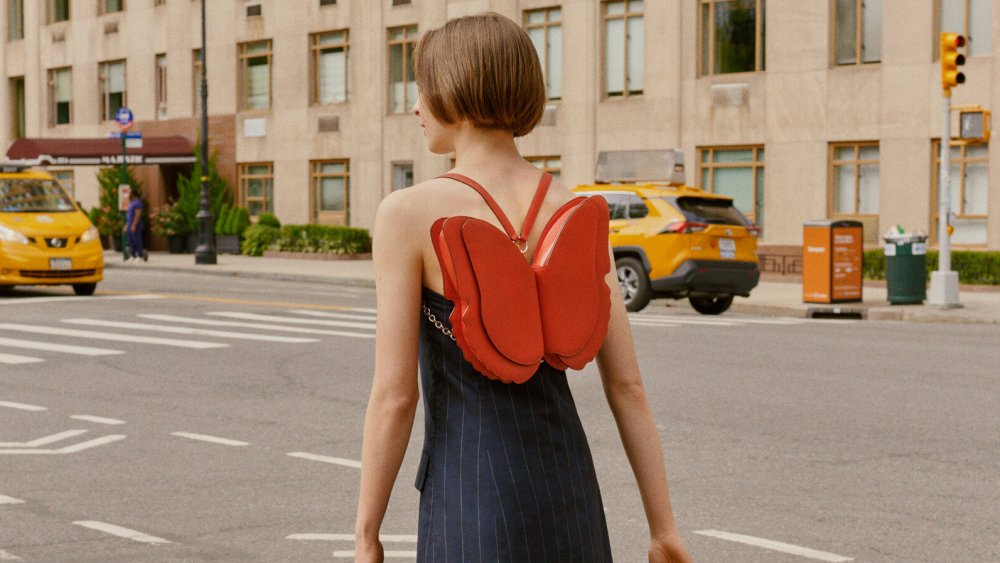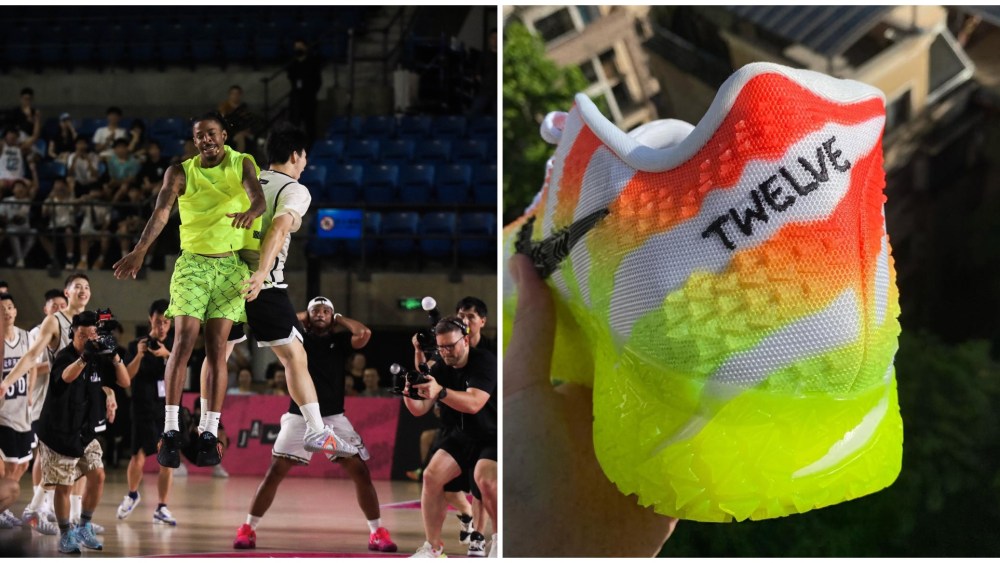During an interview with a cosmetic chemist, I was shocked when they told me that “cruelty-free is just a marketing tactic; animal testing does not exist in the industry anymore.” They did cite multiple states and countries that ban the practice and sale of animal testing for cosmetics; however, they appeared to be unaware of the exceptions and loopholes that explain when, how, and where the practice still occurs.
It is understandable that they would be mistaken – after all, federal-level legislation like the Humane Cosmetics Act of 2023 has been introduced to Congress, while 12 states (Washington has since joined their ranks) have banned the sale of cosmetics developed or manufactured using animal testing. (And this is in addition to 45 countries that have banned animal testing practices for cosmetics.) Yet entities such as PETA and cruelty-free influencers Cruelty Free Kitty have aggregated lengthy online lists of beauty brands that have allegedly engaged in animal testing or have allegedly funded animal testing in some capacity in recent years.
The misleading nature of information around this stigmatized practice is no accident; no one wants to conduct these cruel and inhumane tests. It is only because I have been a passionate animal welfare advocate since the age of 11 (and the adoptive parent of a beagle rescued from a testing facility, Miles) that I knew a bit more about the scenarios in which animal testing still occurs in the beauty industry.
We are making progress within beauty as a whole, but as of April 2024, animal testing remains the beauty industry’s ugliest secret. Keep reading to learn more.
When Does Animal Testing Occur in Beauty?
Within the beauty industry, medical-grade and at-home aesthetic devices with FDA-approval make up one sector in which animal testing still occurs. “Unfortunately it is required by the FDA, and other global regulatory bodies most of the time, that medical devices and pharmaceuticals are tested on animals (e.g. toxicology, biocompatibility) prior to clearance for use in humans,” says geneticist and professor Thomas Hitchcock, PhD.
Cosmetic chemist Krupa Koestline, founder of KKT Innovation Labs, elaborates that “animal testing is mandatory for medical devices under 510K regulations “when utilizing a new technology (i.e., de novo). This includes “medical devices intended for human use.” There is an exception under the “significant equivalent,” but which still requires biocompatibility testing using animals for any new materials. This testing is technically regulated by the Animal Rule; however, the failure of testing and breeding facilities to comply with these mandates and to respond to citations is what results in them being shut down (but more on that later).
This means that most skin rejuvenating lasers, microneedling devices, and even non-invasive, skin- and muscle-stimulating devices used in clinical settings, as well as at-home counterparts, have been tested for safety on animals to achieve FDA-approval.
Another gray area exists around the FDA’s definition of what legally constitutes a “cosmetic,” and thus what is exempt from testing under current laws. The FDA defines cosmetics as “articles intended to be rubbed, poured, sprinkled, or sprayed on, introduced to, or otherwise applied to the human body . . . for cleansing, beautifying, promoting attractiveness, or altering the appearance,” but excludes certain drugs, soap, medical devices, personal care products, or supplements, even when their purpose is related to beauty.
In these instances, Koestline adds that there is no need to undergo testing when the active ingredients have already been approved by the FDA. When it comes to, say, lubricant, it is up to a brand whether they market the finished product as a cosmetic (to avoid testing mandates) or not.
There has been controversy in the past over practices with brands exporting to foreign markets where beauty testing mandates exist. For years, this meant that brands that sold in China were not technically “cruelty-free” (in spite of their labeling Stateside) and were required to pay the Chinese government to conduct mandatory animal testing abroad.
This changed in 2021, when China established the Cosmetics Supervision and Administration Regulation (CSAR) to update their policy on the cosmetic testing of imported products, allowing “most general cosmetics and personal care products” to file for exemptions from the requirement if they “jump through hoops,” such as only selling their products online, or in Hong Kong (as opposed to mainland China).
Exceptions to this leniency – like new cosmetic ingredients, those intended for infants and children, soap, deodorant, or “special” categories still exist and require testing. But in most cases, brands can and do take additional steps to apply and qualify for this animal testing exemption. For instance, the beauty company Lime Crime – whose range includes hair dye (a “special” category) – has gone the extra mile to ensure that their brand is truly cruelty-free. Dove is another example; the brand confirmed to Ethical Elephant that they are able to maintain their cruelty-free status while selling its products in China by abstaining from selling deodorants that make the marketing claim of being “anti-perspirant.”
Alternatives to Animal Testing
In my opinion, there is no justification for animal testing. Viable alternatives to animal testing exist amid a growing body of medical literature to support their efficacy and to refute the reliability of animal-garnered research. Justin Goodman, senior vice president of animal advocacy group White Coat Waste Project, points out that the National Institutes of Health (NIH) – which funds more animal experiments than any other government agency – claims that “at least 90 percent of drugs that pass animal tests fail in humans because they’re ineffective or dangerous.” (In response to a request for comment, a representative for NIH tells PS, “NIH doesn’t support research on animals for the beauty industry or beauty products.”)
There is also the fact that most scientists do not want to take part in this stigmatized and inhumane practice. One doctor, who is not quoted in this article, actually referred to a past internship during medical school that sewed breast implants into rabbits as “hell” in a past conversation.
“I’m not a fan of animal testing for many reasons, not least of which is [the fact that] animals are simply not a good representation of a human being,” says Jordan Plews, PhD, co-founder, and CEO of Elevai Labs. “Over time and as additional advancements in the field of cell and molecular biology have evolved, the need for animal testing has waned. For cosmetic products, you really have to ask yourself, why use animals at all?”
Koestline believes that all scientists and researchers want to do away with the practice, noting that non-animal models have mostly become the norm. Dr. Plews describes in vitro studies, which test using human cells cultured in a petri dish, as a popular alternative. He also explains how a stem cell research technique called “somatic cell reprogramming” can effectively differentiate a stem cell into virtually any cell type found in the body, including the brain, heart, liver, and skin. “Such differentiated cells can then be cultured and used as a proxy for an individual. Repeat this 100 times and you’ve got a set of proxies for an early stage clinical trial, or testing without harming any animals or humans,” he says.
Goodman also names modern non-animal research methods such as computer models and organs-on-chips – which Dr. Hitchcock finds particularly promising – that are “faster, less expensive, and more accurate at predicting human outcomes” than the animal testing model. Cruelty Free International also names donated human tissues from human volunteers – from surgery or postmortem – and volunteer studies as viable alternatives, as well.
Why Is It Still Happening?
The path away from animal testing is clear, so you have to wonder why the change has not taken place yet. On the one hand, slow-moving legal mandates and historical precedent dating back to ancient Greece have established animal vivisection and postmortem dissection as a controversial norm. But Shannon Keith, animal rights attorney and founder of the non-profit organization Beagle Freedom Project, which works on getting animal testing labs shut down in order to rescue and re-home the animal test subjects, explains that it all comes down to big business incentives.
“The experimenters, beagle breeders, monkey importers, cage makers, and private labs that are raking in billions . . . aggressively lobby and fear-monger to keep the public’s money flowing into their pockets,” says Goodman of the animal testing industry as a whole. “And at $20 billion annually, [the U.S. government] is the single largest funder of animal testing in the country.” (PETA reports that the NIH funded $19.6 billion of animal testing in a single year.)
Goodman is adamant that animal testing could end tomorrow if there was political will to do so, while Keith believes that the end to animal testing will occur in our lifetime. It can be hard to focus on the big picture (particularly when you look into the cruelty of many of these tests), so it is important to focus on the wins to maintain morale. You might remember that in 2022, the largest animal rescue in history took place when the Envigo animal research breeding facility was shut down for repeated animal welfare violations, and some 4,000 beagles were released from cages into loving homes that would otherwise have been sold to animal testing labs. In February 2024, Keith and BFP purchased a 30-acre animal research property in Oklahoma and converted it into an animal sanctuary and adoption center called Freedom Fields.
At the legislative level, her organization is also working to get the Beagle Freedom Bill passed at the state and federal level, which would mandate that labs release their animal test subjects – rather than euthanize them – at the end of testing. There have also been numerous legal articles published as of 2024 supporting everything from incentivizing non-animal model alternatives, to establishing sentience as the standard for establishing legal protection, to validating the results of New Approach Methods (NAMs).
What You Can Do to Help
As beauty consumers, the most important thing we can do is to educate ourselves and make our ethical bottom lines known. The blog Ethical Elephant is one of the top cruelty-free beauty influencers sharing animal welfare-related news, with a list of brands and corporations to avoid if you would like to boycott. There are also apps to help you shop for cruelty-free products including BFP’s Cruelty Cutter, Leaping Bunny Cruelty-Free Mobile App, and Bunny Free by PETA.
You can also make it a point to shop from brands that make animal welfare a priority. One of my favorites is Hourglass Cosmetics, whose founder is a passionate animal-lover and whose business model donates 1 percent of annual net profits from the brand’s website and 5 percent of their Unlocked Collection to the Nonhuman Rights Project (NhRP). In addition to being cruelty-free since its launch in 2004, the brand created the first vegan alternative to carmine (the red pigment used in makeup) and are champions of Happy the elephant (who is embroiled in a legal battle to be released from isolation at the Bronx Zoo). Another globally-sold, cruelty-free cosmetics company to support is Charlotte Tilbury, while skin-care brands like Dermalogica and Burt’s Bees, plus hair brands Aveda, Garnier, and Davines all decline to test. And this is just a small sampling.
That being said, if you are open to accepting a new furry family member into your home, you can always apply to foster or adopt one of BFP’s rescued test subjects. That’s what I did, and I cannot imagine my life without Miles.
Jessica Ourisman is a freelance beauty and wellness editor who frequently writes about skin care and cosmetic dermatology for POPSUGAR, Harper’s Bazaar, Allure, InStyle, The Zoe Report, Coveteur, WWD, and more.
